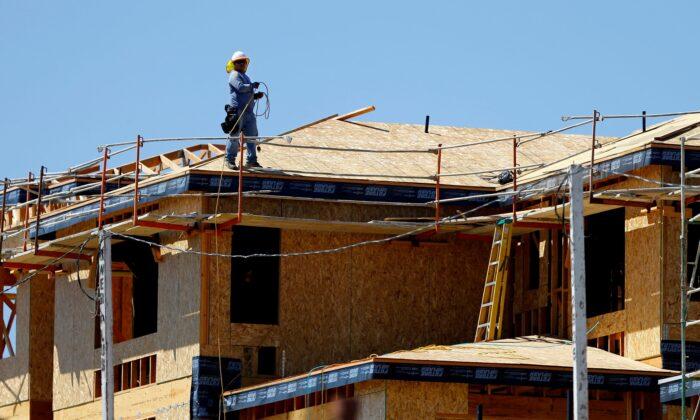WASHINGTON—U.S. construction spending unexpectedly rebounded in November, lifted by gains in nonresidential structures, but single-family homebuilding continued to be hammered by higher mortgage rates.
The Commerce Department said on Tuesday that construction spending climbed 0.2 percent in November after falling 0.2 percent in October.
Economists polled by Reuters had forecast construction spending would decrease 0.4 percent. Construction spending increased 8.5 percent on a year-on-year basis in November.
Spending on private construction projects advanced 0.3 percent after declining 0.7 percent in October.
Investment in private non-residential structures like gas and oil well drilling jumped 1.7 percent.
But outlays on residential construction fell 0.5 percent, with spending on single-family housing projects plunging 2.9 percent. Outlays on multi-family housing projects increased 2.4 percent, benefiting from strong demand for rental housing.
The Federal Reserve’s battle to tame inflation with the fastest interest rate-hiking cycle since the 1980s is strangling the housing market, with homebuilding and sales collapsing.
The average 30-year fixed mortgage rate, which breached 7 percent in October for the first time since 2002, has resumed its upward trend after briefly pulling back in late 2022, data from mortgage finance agency Freddie Mac showed.
The rate averaged 6.42 percent last week, up from 6.27 percent in the prior week. It averaged 3.11 percent during the same period in 2021.
Residential investment has contracted for six straight quarters, the longest such stretch since the housing market collapse in 2006.
In November, spending on public construction projects dipped 0.1 percent after increasing 1.6 percent in October. Investment in state and local government construction projects declined 0.7 percent, while federal government construction spending surged 7.2 percent.





